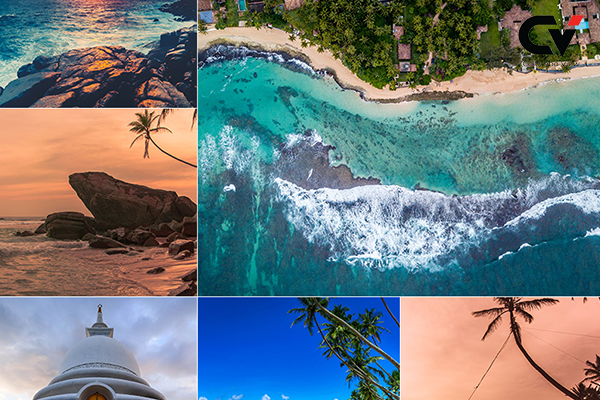
Key West Celebrates Hemingway Days: The Legacy of a Literary Giant
Ernest Hemingway spent the 1930s in Key West, Florida, and over six decades after his death, fans, scholars, and relatives continue to gather on the island city to honor the author’s award-winning novels and adventurous life.
Hemingway Days began in 1981 with a short-story competition and a look-alike contest. This year’s festivities conclude on Sunday, marking the 125th anniversary of Hemingway’s birth on July 21, 1899.
As a novelist, short-story writer, and journalist, Hemingway’s place in American literature is secure, and his influence is deeply felt in the culture and character of Key West.
Hemingway’s great-grandson, Stephen Hemingway Adams, born nearly three decades after the author’s death, gained a deeper understanding of his famous ancestor through his work with his grandfather, Patrick Hemingway, Ernest Hemingway’s second son. Adams co-authored the book Dear Papa, which compiles letters between Ernest and Patrick Hemingway.
The distinction between public perception and the documented reality of Hemingway can be elusive. He was known for his love of big-game fishing in the Caribbean, hunting in Africa, bullfighting, baseball, boxing, and barhopping. Yet, he was also a serious artist who won Pulitzer and Nobel Prizes. His writings, infused with his life experiences, often blur the line between man and myth.
Adams embraces the duality of Hemingway’s legacy, noting that some people may favor the adventurous persona over the literary figure. “I think it’s a split, and I think that’s what’s fun,” Adams remarked about the annual influx of look-alikes in Key West.
When Hemingway first visited Key West in 1928, it was a rustic fishing village rather than the bustling tourist destination it is today. Originally, Hemingway and his second wife, Pauline, only intended a brief stop to pick up a car during their move from Paris to Arkansas. When the car was delayed, they ended up staying for several weeks, making friends with local business owners and fishermen. They eventually bought a French Colonial home on a 1.5-acre lot in 1931.
Hemingway adapted to the island lifestyle after spending most of his 20s in Paris. According to Cori Convertito, curator at the Key West Museum of Art & History, Hemingway was actively involved in local life. “He’s out at the bars all the time. He’s out fishing with people. He’s interacting in boxing matches,” Convertito said.
During his time in Key West, Hemingway was not the white-bearded “Papa Hemingway” that many look-alike contestants emulate. He completed A Farewell to Arms shortly after his initial visits and gained fame with this novel and his coverage of the Spanish Civil War.
Hemingway devoted much of his time in Key West to big-game fishing with friends, pioneering new techniques after acquiring his boat, the Pilar, in 1934. His efforts to land a fully intact marlin and avoid sharks were reflected in his novel The Old Man and the Sea.
A strong advocate for the Florida Keys, Hemingway criticized the federal response to the 1935 Labor Day hurricane, which resulted in over 250 fatalities among World War I veterans working on the Overseas Highway. Hemingway, who had driven an ambulance during World War I, felt a particular kinship with these veterans and used his boat to aid in recovery efforts.
Michael Morawski, CEO of the Hemingway Home & Museum, credits his great-aunt, Bernice Dixon, with preserving Hemingway’s legacy in Key West. Dixon purchased the home for $80,000 in 1961, and it became a museum in 1964, later designated a National Historic Landmark. The museum is also known for housing the Hemingway cats, descendants of the original six-toed cat gifted to Hemingway.
The Hemingway Days festival began as a promotional stunt for Sloppy Joe’s Bar, one of Hemingway’s favorite spots. Michael Whalton, then a manager at the bar, organized the first look-alike contest in 1980 to attract customers during the slow season. The event grew beyond expectations, with Hemingway’s younger brother, Leicester Hemingway, judging the look-alike contest, and Lorian Hemingway, another granddaughter, judging a short-story competition.
David Douglas, president of the Hemingway Look-Alike Society, began attending the competition in 2000 and won in 2009. He continues to judge the event each year. This year, David “Bat” Masterson of Daytona Beach won the look-alike contest, becoming the newest “Papa.”
The look-alike group has evolved into a service organization with hundreds of members worldwide, funding over $350,000 in scholarships for Florida Keys students and sponsoring a youth baseball team in Cuba, where Hemingway moved after leaving Florida.
Source: AP



